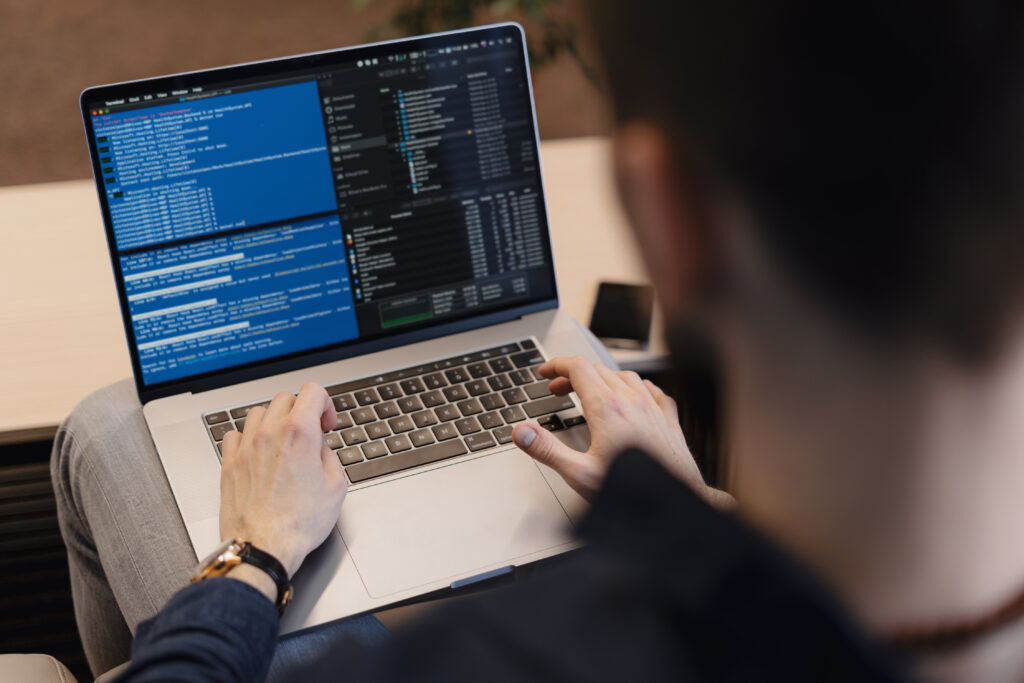Programming, often referred to as coding, is the process of creating instructions for a computer to perform specific tasks or actions. It involves writing, testing, and maintaining code—sets of commands written in a programming language that a computer can understand and execute. At its core, programming is about solving problems by designing algorithms, which are step-by-step procedures, and translating them into a language a computer can process.
- How Programming Works
- Types of Programming
- Getting Started with Programming
- Example of a simple program with Python
- Hungry For more?
How Programming Works
Computers operate using binary code (0s and 1s), but writing directly in binary is impractical , difficult and not very efficient since not a lot of programmers can write programs in binary fluently.
Programming languages like Python, Java, C++ provide a human-readable way to communicate with machines. Programmers write code in these languages, which is then translated into machine code through compilers or interpreters.
For example, a simple program might tell a computer to display “Hello, World!” on the screen. The programmer then writes this instruction in a language like Python (print(“Hello, World!”)), and the computer executes it, producing the desired output.
Types of Programming
Programming spans various domains, each with distinct purposes:
- Web Development: Creating websites and web applications using languages like HTML, CSS, and JavaScript. However in this modern day of age, we can practically use any language, (Python and Ruby are good examples)
- Software Development: Building applications for desktops or mobile devices using languages like C, C++ and others!
- Data Science and Machine Learning: Analyzing data or building AI models with Python.
- Game Development: Designing video games using engines like Unity (C#) or Unreal Engine (C++).
- Embedded Systems: Programming hardware devices like microcontrollers using languages like C.
So as You can see and as mentioned above, we can use any language for most of the tasks!
Getting Started with Programming
Anyone can learn to code, regardless of background. Here’s how to begin:
- Choose a Language: Start with beginner-friendly languages like HTML then Javascript and Python!
- Learn the Basics: Understand variables, loops, conditionals, and functions.
- Practice: Build small projects, like a calculator or a simple website, to apply your knowledge. The knowledge learned in one area can usually be transferred to another area!
- Use Resources: Online platforms like freecodecamp, or tutorials on YouTube can help to learn programming for free!
- Join Communities: Engage with forums like Stack Overflow or X to learn from others and ask questions.
Example of a simple program with Python
Python Code:

Output:

